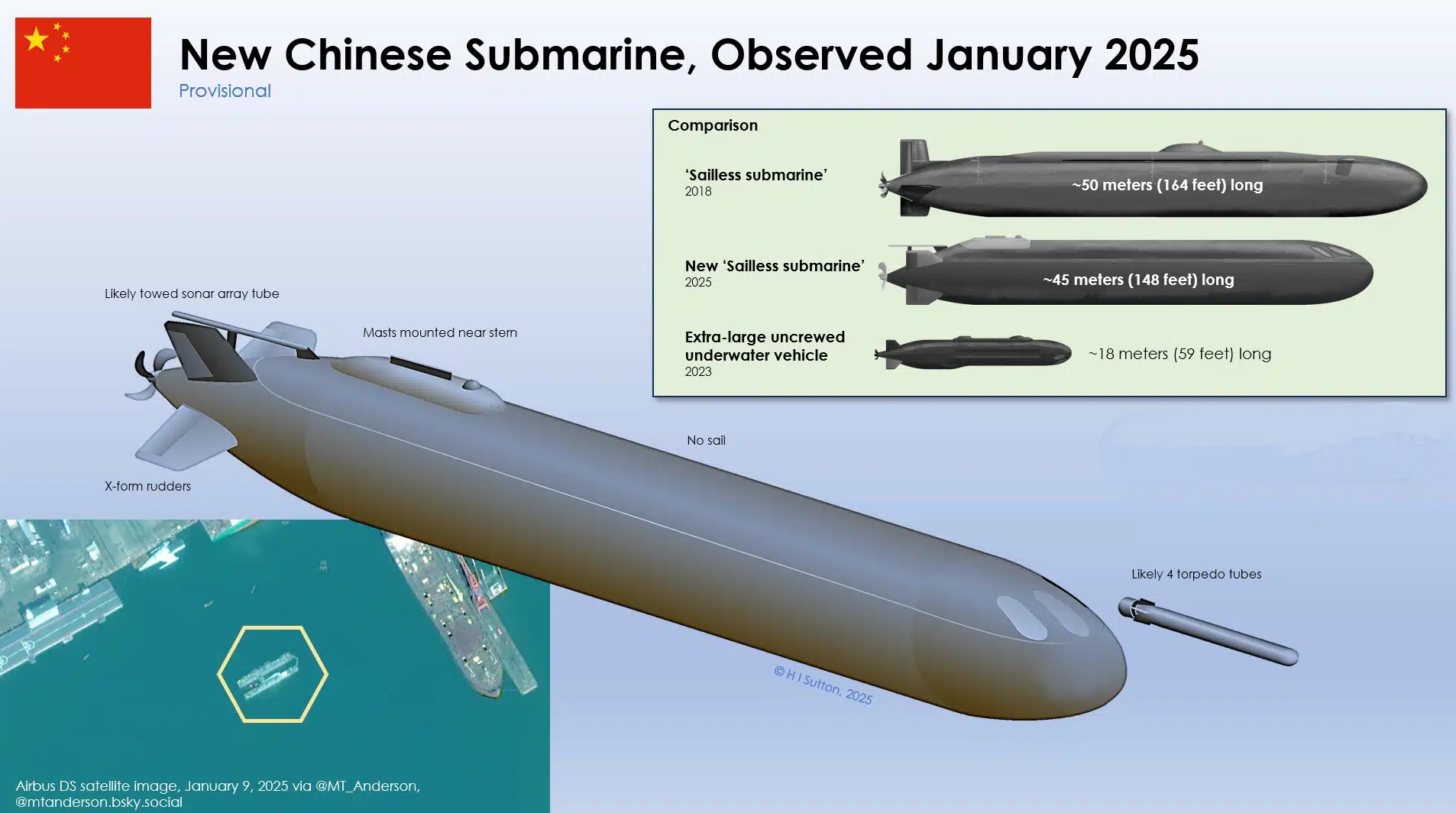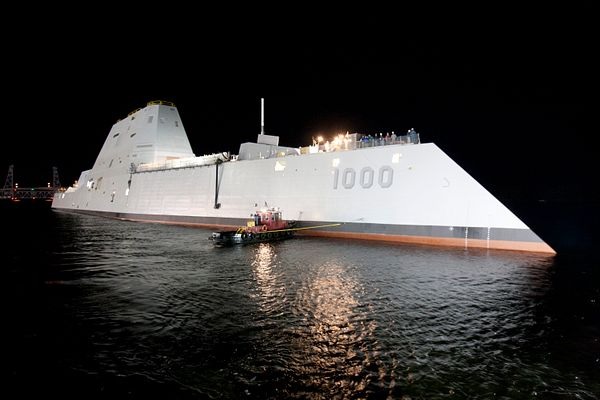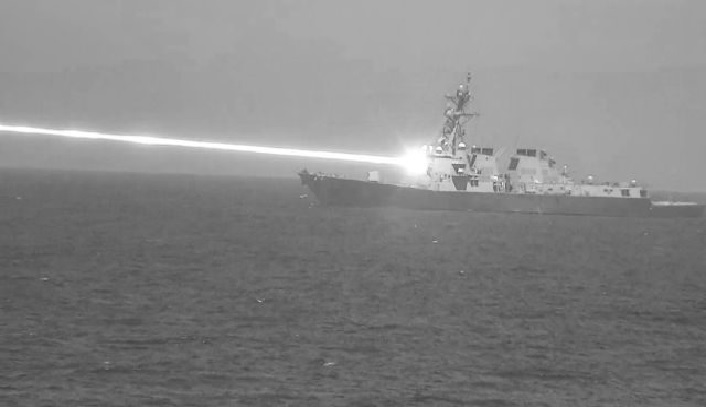USAF to Integrate LRASM Anti-Ship Missile on F-15E and F-15EX

The United States Air Force (USAF) is set to integrate the AGM-158C-1 Long Range Anti-Ship Missile (LRASM) onto its F-15E and F-15EX aircraft, marking a significant step in boosting its long-range maritime strike capabilities. This decision underscores the growing importance of anti-ship missions, particularly in the Indo-Pacific region, where maintaining maritime dominance is a strategic imperative.
What is LRASM?
The LRASM is a cutting-edge, precision-guided anti-ship missile designed to operate in contested environments. Originally developed by Lockheed Martin Missiles & Fire Control in response to an urgent operational need, it is based on the AGM-158B Joint Air-to-Surface Standoff Missile-Extended Range (JASSM-ER).
LRASM stands out for its advanced multi-mode sensor suite, which includes:
- Passive Radio Frequency (RF) Sensor: Enables wide-area target acquisition by detecting enemy radar emissions.
- Imaging Infrared (IIR) Seeker: Provides high-precision terminal targeting, even in challenging weather or visibility conditions.
- Enhanced GPS: Features anti-jam and precision navigation capabilities.
- Weapon Data Link: Allows real-time in-flight updates for dynamic targeting.
This combination of features enables the missile to autonomously detect and engage specific maritime targets while avoiding countermeasures. Its all-weather capability and day/night operability make it a versatile tool for modern warfare.
Specifications of the AGM-158C-1 LRASM
- Range: Over 500 nautical miles (approximately 930 kilometers).
- Speed: Subsonic, optimized for stealth and survivability.
- Weight: Approximately 2,500 pounds (1,133 kilograms).
- Warhead: A 1,000-pound penetrating blast fragmentation warhead.
- Launch Platforms: Compatible with various platforms, including B-1B bombers, F/A-18E/F Super Hornets, and now the F-15E/EX.
Why Integrate LRASM on F-15E/EX?
The decision to integrate LRASM onto the F-15E and F-15EX is driven by the USAF's operational focus on deterring maritime threats in regions like the South China Sea. The F-15EX, with its advanced avionics, high payload capacity, and extended range, is an ideal platform for deploying LRASM.
This move aligns with the USAF's broader strategy to modernize its air fleet and ensure interoperability across platforms. The integration process will involve modifying the aircraft’s Universal Armament Interface (UAI) to accommodate the AGM-158C-1 missile.
Broader Implications and Future Developments
Alongside LRASM, the USAF is acquiring the AGM-184A Kraken, a Kongsberg Joint Strike Missile (JSM) variant designed for internal carriage on the F-35A Lightning II. This missile offers a complementary capability, enabling precision strikes against both maritime and land targets in heavily defended environments.
The USAF and US Navy are also collaborating on next-generation systems like the Hypersonic Air-Launched Offensive Anti-Surface Warfare (HALO) weapon. HALO, envisioned as a high-speed, carrier-compatible anti-ship missile, aims to achieve operational capability by FY2029, further bolstering the U.S. military’s maritime strike arsenal.
Strategic Importance
The integration of LRASM onto the F-15E and F-15EX is more than a technological milestone—it represents a strategic pivot to address evolving maritime threats. As adversaries invest in advanced naval capabilities, the USAF’s move ensures it can project power effectively in contested maritime regions.
This development highlights the USAF’s commitment to maintaining superiority in air and sea domains, ensuring its forces remain equipped for the challenges of modern warfare.



